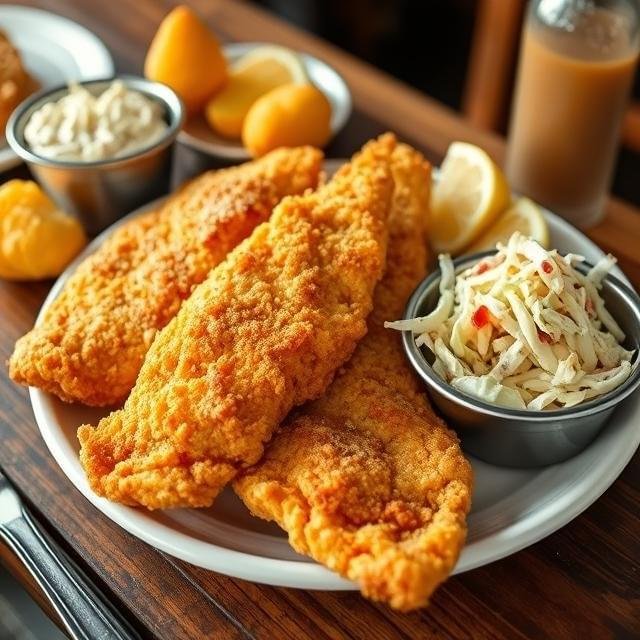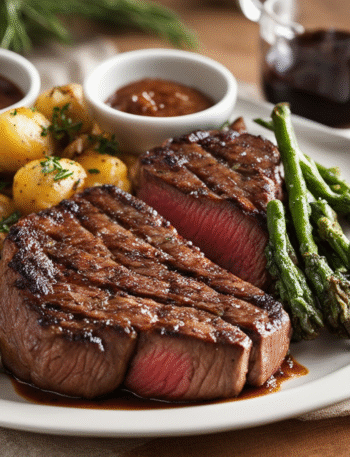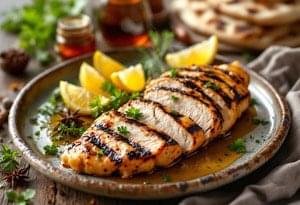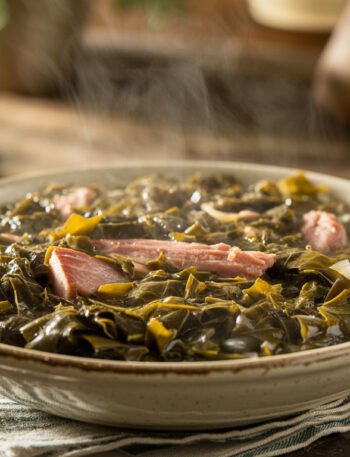A Southern Staple, From Cornmeal to Saltines

Fried Catfish is a Southern staple that involves dredging fresh catfish fillets in seasoned cornmeal and frying until golden and crispy. The result is a tasty crust of crumb with moist, succulent fish inside. Served with hush puppies, coleslaw, and hot sauce alongside (typically under-ripe) tomato slices, this dish is Southern comfort food at its best. Pair your crispy Fried Catfish with a side of hearty Southern Collard Greens for a true Southern comfort meal
If any dish sums up the spirit of Southern cooking, it is probably fried catfish. With its bronze cornmeal crag crust, tender interior, and alluring crunchy bits, fried catfish has long been a staple at family gatherings, fish fries, and Sunday dinners. Although the arguments still go on whether it’s better to batter, bread or dredge, most of us in the South concur that cornmeal is the ideal catfish coating.
Catfish, a freshwater fish native to North America, and cornmeal, which is deeply embedded in American food traditions are paired together in this dish, giving it strong associations with the South. Fried catfish dishes, in turn, stand for community and comfort, and tradition. In this tutorial, you’ll learn an easy method of making restaurant-quality fried catfish at home with pro tips and nutritional information, too!
Ingredients

For perfect Southern fried catfish, here is what you need:
- 4 to 6 fillets of catfish (approximately 1–2 pounds)
- 1 cup milk or buttermilk (buttermilk tenderizes and gives tang)
- 1 teaspoon salt (and more for sprinkling)
- ¾ cup fine white cornmeal (do not use the coarse stuff for texture)
- ½ cup all-purpose flour
- 1 teaspoon garlic powder
- 1 teaspoon black pepper
- 1 teaspoon paprika
- ½ teaspoon cayenne pepper (for some spiciness)
- ¼ teaspoon celery seed (if you have it, for depth)
- frying oil (peanut gives the most authentic flavor)
Step-by-Step Cooking Process
Heat the Oil
- Fill a cast-iron skillet with enough oil to come about half an inch up the sides.
- Heat oil to 350°F (175°C). Test it by dropping in a pinch of the cornmeal mixture – it should sizzle.
Prepare the Oven
- Preheat to 200°F (93°C).
- A baking sheet with a wire rack inside does the trick – it keeps fried fillets warm and crispy between batches.
Soak the Fish

- As the oil heats, soak the catfish fillets in milk or buttermilk for 10 minutes.
- This eliminates any “muddy’ flavor and also helps the breading adhere.
Mix the Breading
- Combine cornmeal, flour and all seasonings in a shallow dish and mix well.
Dredge the Catfish

- Lift fillets from the milk and lightly shake them; season with salt.
- Dredge the fillets in the cornmeal mixture, coating both sides and pressing lightly for even coverage.
- Shake off excess.
Fry the Fillets
- Gently lower the fillets into the hot oil without overcrowding them.
- Cook 2 – 4 minutes per side (longer for thicker fillets) or until golden brown and crispy.
- Use a metal spatula to gently turn so the egg does not break.
Keep Warm and Serve

- Remove to a wire rack in a warm oven with each batch.
- Serve hot with coleslaw, hush puppies, and hot sauce for a Southern supper.
Nutritional Value (per serving, approx.)
Based on USDA averages for a 6 oz fried catfish fillet with cornmeal breading:
- Calories: ~420 – 480
- Protein: 25 – 30 g
- Fat: 22 – 26 g
- Carbohydrates: 18 – 22 g
- Fiber: ~2 g
- Cholesterol: ~85 mg
- Sodium: ~350 mg
Note: The information shown is based on available ingredients and preparation.
Serving Size
This recipe yields 4 servings, with each person receiving one large fillet (6-8 oz). For a crowd, double or triple the recipe and serve it buffet style with lots of sides.
Pro Tips: How to Make Fried Catfish at Home
- Peanut Oil or Lard: You get a richer, old-fashioned Southern flavor with these fats.
- Fine Cornmeal Matters: Coarse cornmeal makes a gritty crust; fine grind is the key to crispiness.
- Oil Temp: Maintain between 325 and 350 degrees for optimal texture.
- Guard Against Overcrowding: Overcrowding drops oil temperature and makes fish soggy.
- Season Generously: Don’t be stingy with spices — catfish loves bold flavors.
Variations

- Spicy Catfish: Intensify the cayenne or add hot sauce to the buttermilk soak.
- Gluten-Free Variation: Substitute rice flour or additional cornmeal in place of the flour.
- Beer-Battered Catfish: A pub-style twist, though less traditional.
- Catfish in the Air Fryer: Spray fillets with oil and air fry at 400°F for 10/12 minutes.

Suggested Side Dishes
- Southern Coleslaw: Creamy and tangy, the perfect complement.
- Hush Puppies: Classic golden cornmeal fritters.
- Collard Greens with Bacon: Rich, savory greens for depth.
- Sweet Tea: No Southern meal is complete without it.

Conclusion
Fried catfish is more than a dish: It is a token of Southern culture, family unity and culinary legacy. We get a nice crispy golden crust from soaking, using fine cornmeal and frying at the right temperature. Whether it’s on a platter with hush puppies at a backyard fish fry, or offered up next to coleslaw at Sunday supper, fried catfish is flavorful and comforting.
FAQ
Q1: Can I use a different fish aside from catfish if I do not have any?
Yes! Tilapia, bass, flounder, perch or walleye all perform splendidly in this frying technique.
Q2: Must I use buttermilk, or is there a substitute such as regular milk?
The buttermilk imparts tang and tenderizes the fish, but you can easily substitute regular milk.
Q3: Can I deep-fry them, not just pan-fry?
Absolutely. Use 4” depth of oil in a Dutch oven at 350°F. Fry until golden brown.
Q4: How do I prevent fried catfish from getting soggy?
Drain fried fillets on a wire rack set in a warm oven (200°F) rather than paper towels, which retain steam.
Q5: Is fried catfish healthy?
Fried catfish is an indulgence, but it’s also a source of lean protein and vital nutrients. For a lighter approach, consider air-frying or pan-searing with less oil.






